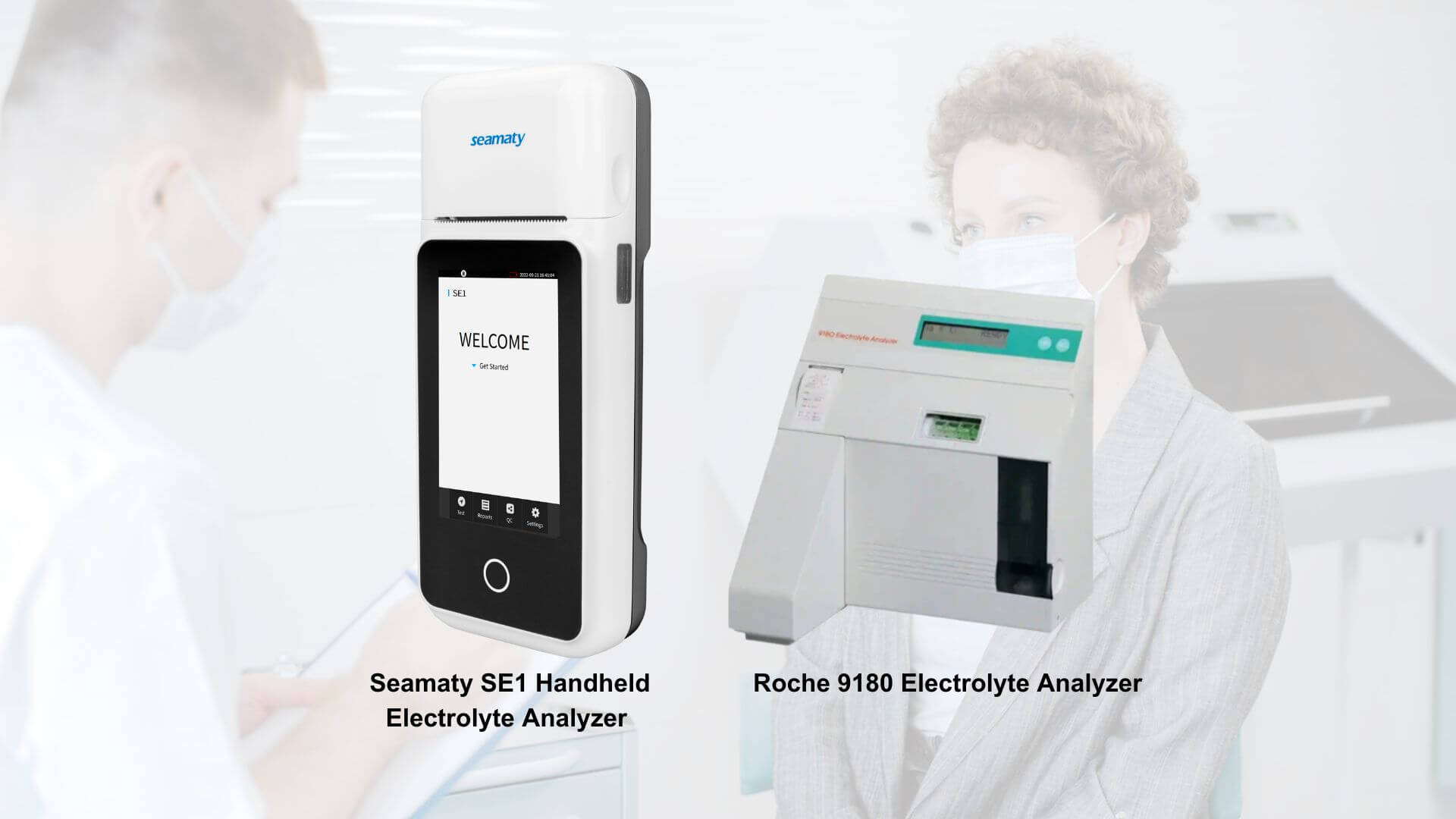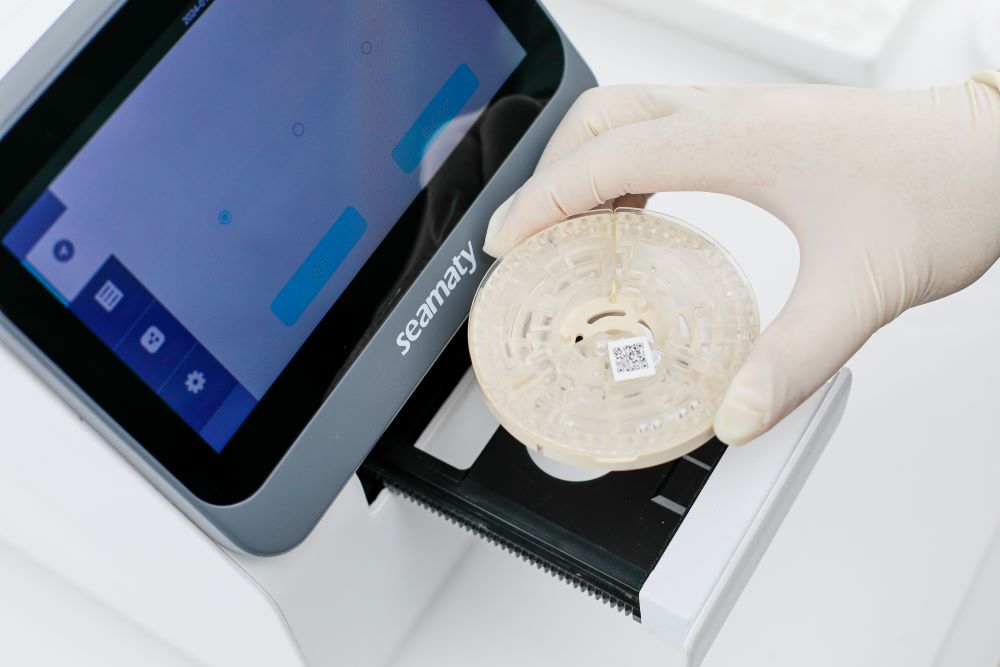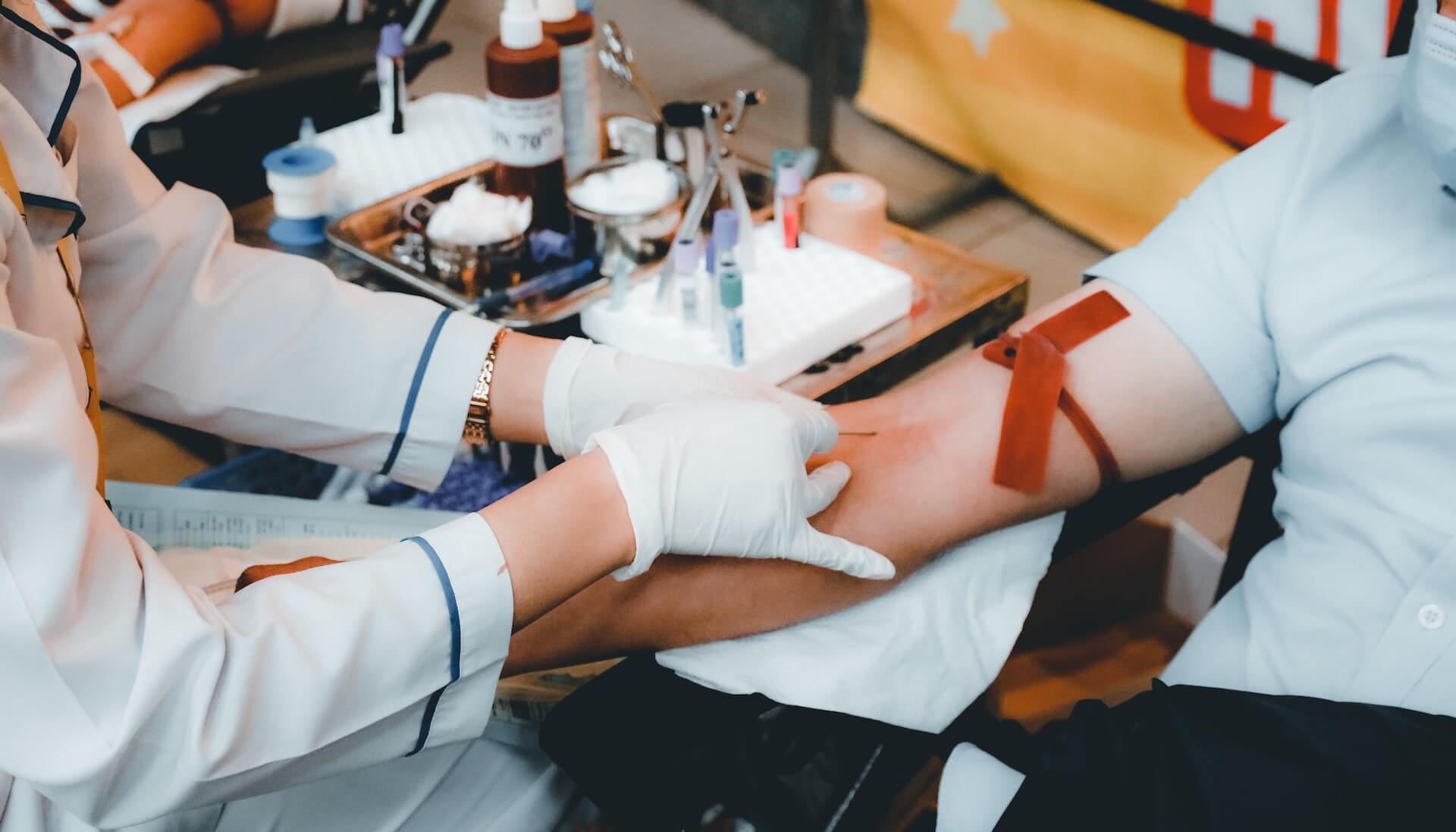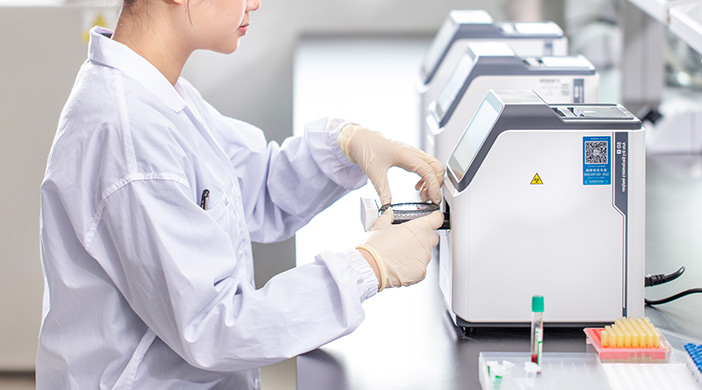release time:2023-07-28 15:16:09

Electrolyte analysis plays a crucial role in medical diagnostics, aiding in the diagnosis and monitoring of various medical conditions. Near-patient testing, which allows for rapid on-site analysis, has emerged as a significant advancement in improving patient care. In this article, we will compare two prominent electrolyte analyzers designed for near-patient testing: the Roche 9180 Electrolyte Analyzer and the Seamaty SE1 Handheld Electrolyte Analyzer.
The Roche 9180 Electrolyte Analyzer is a sophisticated device intended for in vitro testing of samples, including whole blood, serum, plasma, and urine. It employs electrochemical technologies, potentiometry, and amperometry, to measure electrolytes such as Na+, K+, Ca2+, Cl-, and Lithium. Notable features include precision sensors, low maintenance design, and a quality control program for enhanced accuracy and reliability.
The Seamaty SE1 Handheld Electrolyte Analyzer is specifically designed for use at various healthcare settings, including hospital bedside, physician's office labs, urgent care clinics, and retail clinics. Its portability and user-friendly interface make it an ideal choice for point-of-care testing. The analyzer supports sample types like capillary blood, whole blood, serum, plasma, or aqueous solution, and it delivers fast results to facilitate rapid decision-making.
When it comes to portability, the Seamaty SE1 takes the lead with its lightweight design and handheld form factor, weighing only 600g. On the other hand, the Roche 9180 weighs 6kg, making it less convenient for mobile near-patient testing. The Seamaty SE1's portability allows healthcare professionals to perform electrolyte analysis at the patient's side, reducing the need for sample transportation and significantly cutting down turnaround times.
The Roche 9180 boasts a test duration of 50 seconds, while the Seamaty SE1 delivers results in just 4 minutes, making it remarkably faster. Additionally, the Seamaty SE1 exhibits a higher throughput of 60 samples per hour with printing, outperforming the Roche 9180, which has a throughput of 60 samples per hour without printing and 45 samples per hour with printing.
Both analyzers are designed with user experience in mind, but the Seamaty SE1's handheld portability and touch screen interface make it extremely easy to use. The Roche 9180 also offers a user-friendly interface but lacks the same level of convenience as the handheld Seamaty SE1.
The Roche 9180's precision sensors and long-life, maintenance-free electrodes ensure high accuracy and reliability. Similarly, the Seamaty SE1 utilizes advanced sensor technology for precise measurements. Both analyzers incorporate quality control solutions, with ISETROL being the product of choice for the Roche 9180. These quality control mechanisms help monitor and maintain instrument performance.
|
Feature |
Roche 9180 Electrolyte Analyzer |
Seamaty SE1 Handheld Electrolyte Analyzer |
|
Portability |
Heavier (6kg) |
Lightweight (600g) |
|
Testing Duration |
50 seconds |
4 minutes |
|
Throughput |
4 samples per hour (without printing), 60 samples per hour (with printing) |
15 samples per hour (with printing) |
|
User Interface |
User-friendly interface |
Touch screen with user-friendly interface |
|
Precision and Reliability |
Precision sensors and quality control program |
Advanced sensor technology and quality control program |
In conclusion, both the Roche 9180 and Seamaty SE1 Electrolyte Analyzers offer unique advantages for near-patient testing. The Roche 9180 excels in precision and reliability with its quality control program, while the Seamaty SE1 outperforms in portability and rapid results. Healthcare professionals should consider their specific needs and workflow requirements to determine which electrolyte analyzer best suits their near-patient testing needs, ultimately contributing to improved patient care and treatment efficiency.

2024-05-15
Discover the future of lab diagnostics with the fully automated microfluidic dry biochemical analyzer. Combining speed, accuracy, and ease of use, this cutting-edge device is ideal for hospitals, labs, and health centers, providing rapid and reliable biochemical testing with minimal maintenance and cost.

2023-04-25
This beginner's guide to blood tests explains what they are, how they work, and what they can detect. Learn about the five main types of blood tests and how to prepare for them.

2022-05-17
POCT is a segment of the IVD industry, and is one of the fastest growing segments of the IVD market in recent years. POCT devices has the characteristics of fast results and convenience (small amount of sample processing, simple operation).